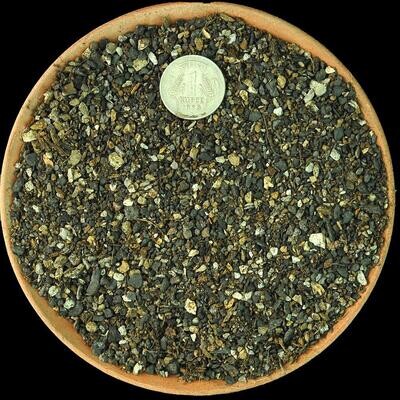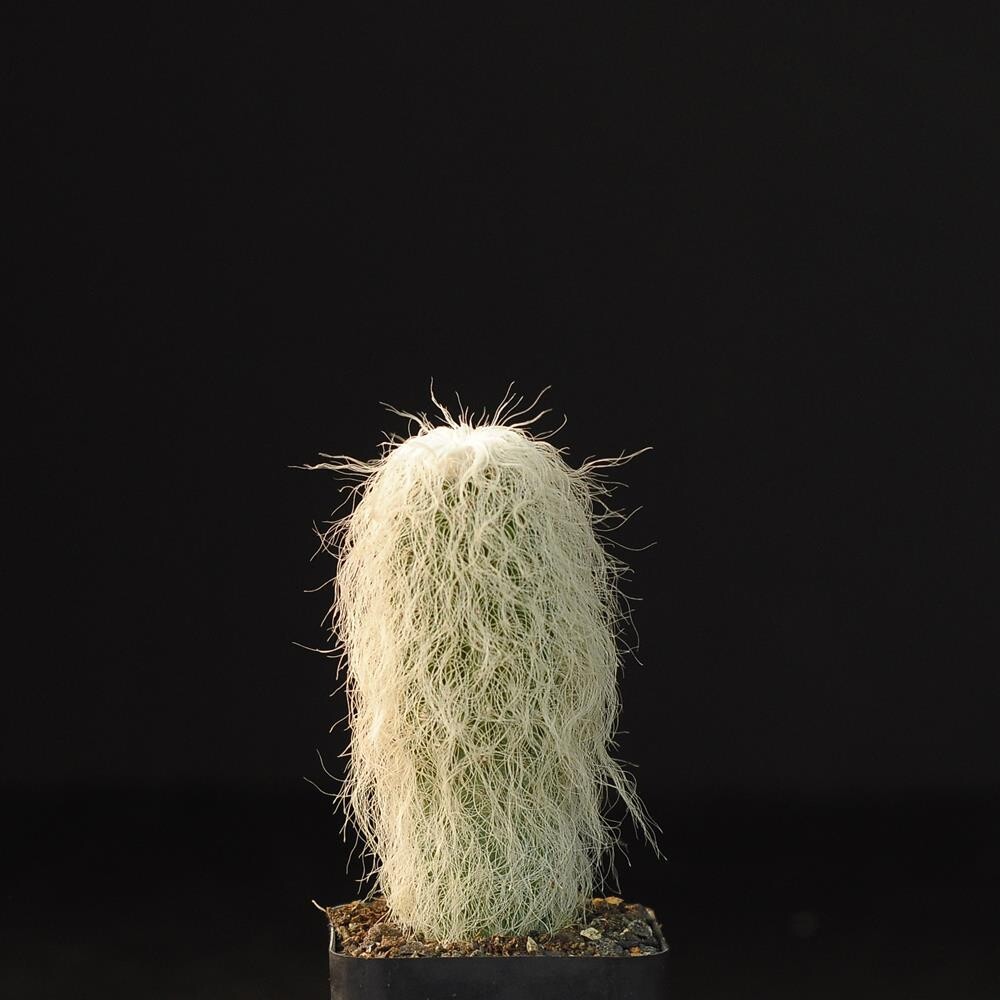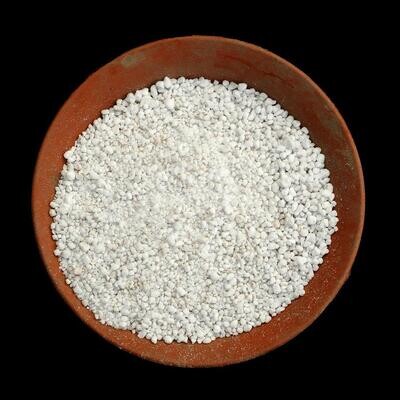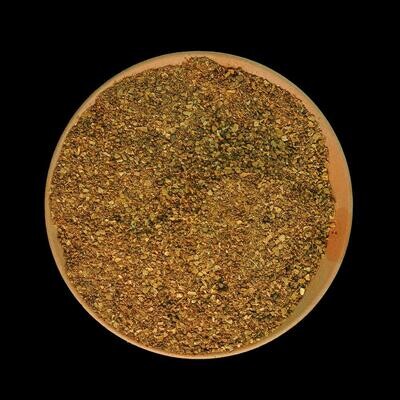Please check the Shipping Updates Page for information on shipping.
Cephalocereus senilis aka Old man cactus
Cephalocereus senilis: The Old Man Cactus
Origin of Name
The name “Cephalocereus” comes from the Greek words "cephalo," meaning head, and "cereus," a term used for cacti. This refers to the distinctive woolly appearance at the top of the cactus, resembling a head of hair. The species name “senilis” is Latin for “old,” aptly describing its characteristic white, hair-like spines that give the plant its common name, “Old Man Cactus.”
Origin of Plant
Cephalocereus senilis is native to Mexico, primarily found in the western parts of the country, particularly in the states of Querétaro, San Luis Potosí, and Guanajuato. It thrives in arid environments, specifically in rocky, well-draining soils, where it has adapted to survive in harsh conditions with little rainfall.
Description
Cephalocereus senilis is a striking columnar cactus that can grow to impressive heights of 5 to 10 meters (16 to 33 feet). Its most notable feature is the dense covering of white, hair-like spines that cloak the upper portion of the cactus, which helps insulate it from the sun and moisture loss. The cactus has a green stem with prominent ribs and can develop a thick, aged trunk over time. During the blooming season, typically in the summer, it produces tall, funnel-shaped flowers that are creamy white to yellow, adding an extra touch of beauty to its impressive stature.
Conservation Status
Cephalocereus senilis is currently listed as vulnerable due to habitat destruction, overcollection, and environmental changes impacting its native regions. Conservation efforts focus on habitat preservation and responsible cultivation practices, making awareness and sustainable sourcing vital for its continued survival.
Care
Caring for Cephalocereus senilis involves replicating its natural dry, sunny environment. Use a well-draining cactus potting mix, preferably one that contains sand or perlite, to prevent water retention. Place the cactus in a location where it receives plenty of bright, direct sunlight, which is essential for its health and growth. Water moderately during the growing season (spring and summer), allowing the soil to dry out completely between waterings. In the fall and winter, reduce watering significantly, as the cactus enters dormancy. Fertilize sparingly with a diluted cactus fertilizer during the active growing months. Regularly inspect for pests, as the woolly spines can sometimes shelter unwanted insects. With proper care, Cephalocereus senilis can be a majestic and captivating addition to any succulent collection.





